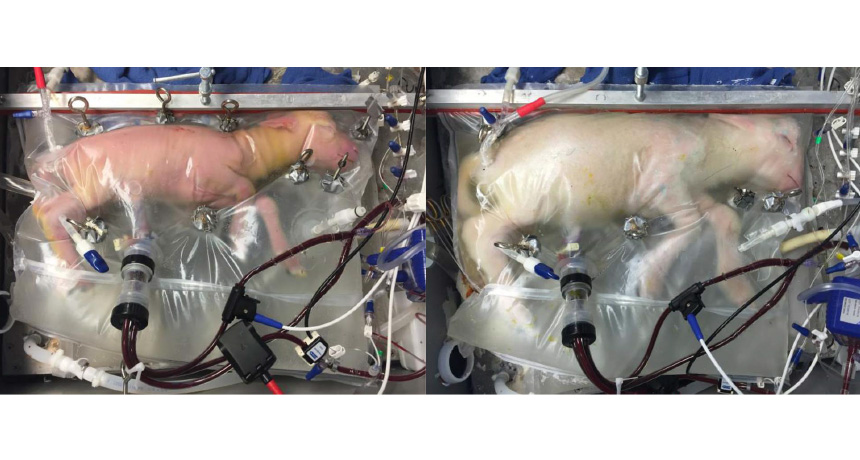50 years ago, lambs survived but didn’t thrive inside artificial wombs
Excerpt from the July 5, 1969 issue of Science News

STAND-IN UTERUS Fifty years on, we may finally be on the cusp of using artificial wombs to support human preemie babies.
E.A. PARTRIDGE ET AL/NATURE COMMUNICATIONS 2017
 Watching the unborn —
Watching the unborn —




